The best 2-player board games
Our favorite games designed specifically for two, and only two.

Many board games are designed for a group of 4-6 players, but you can play them with just two. There are probably some alternate rules for two. It might even be fun! But that's not really what most games are designed for. If a game isn't built entirely around a 1v1 face-off, it isn't featured here among the very best two-player board games. For this list, I'm focusing on games designed exclusively for two players.
You can find more of my board game recommendations for bigger groups in our lists of the best board games and best co-op board games. For a twosome, these are the games you should play.
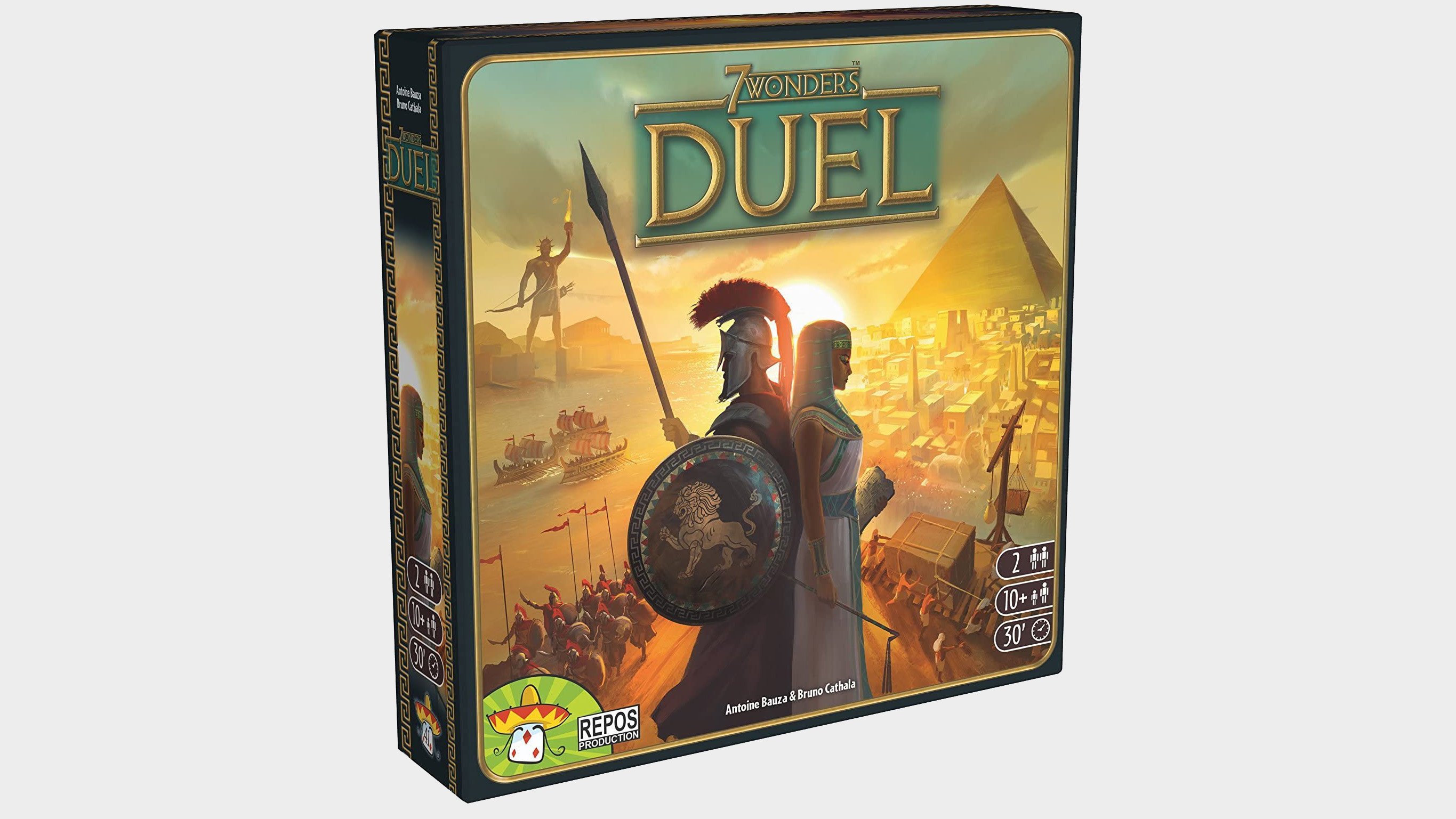
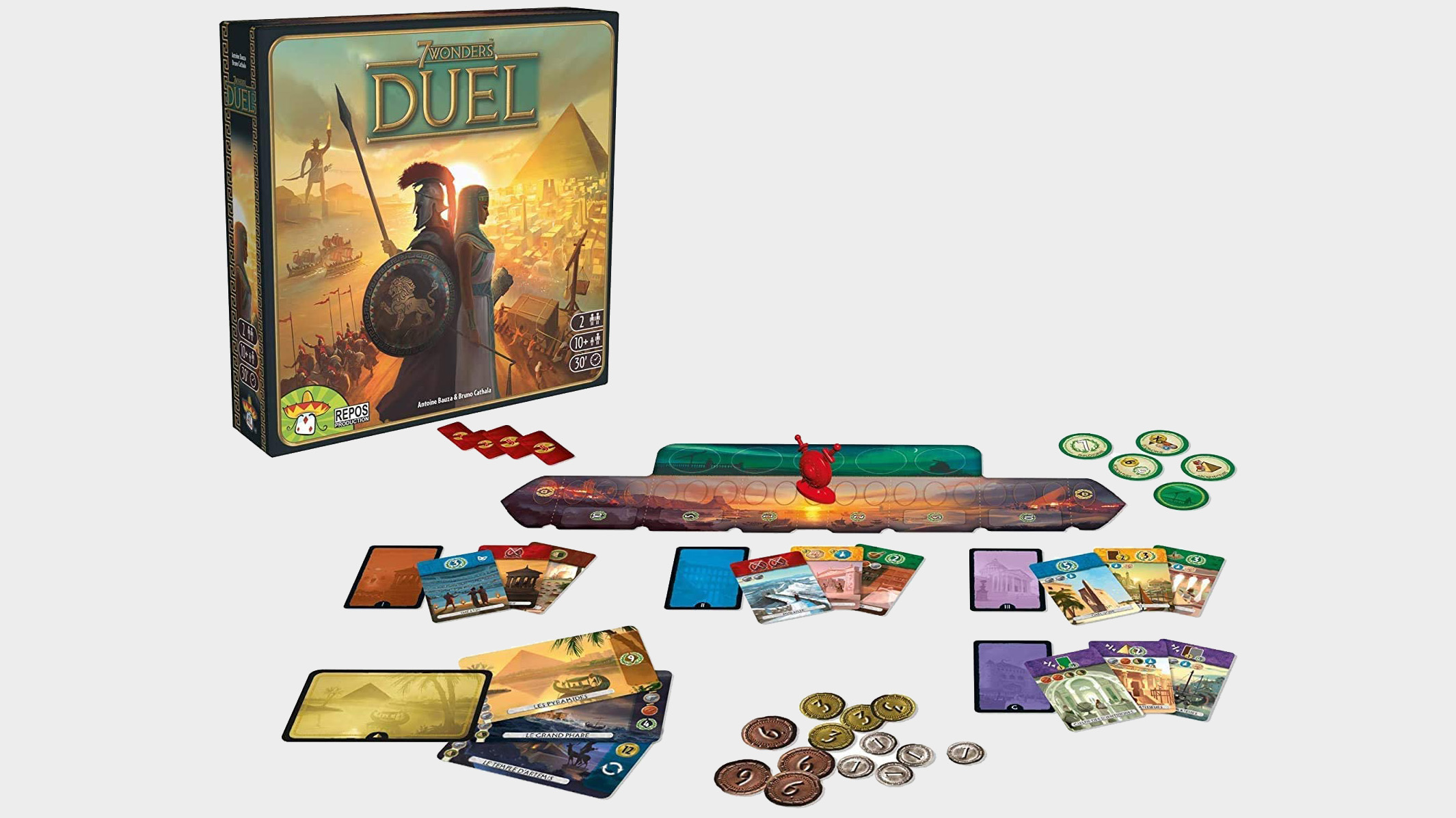
7 Wonders Duel
Specifications
Reasons to buy
Reasons to avoid
Perhaps the most well-regarded two-player board game out there, 7 Wonders Duel is a tense game of civilization-building that revolves around card drafting. It's a lot like the multiplayer game of the same name—which is also quite good—but it's deftly focused around the battle between two instead of many.
You take one card from a pyramidal tableau each round, but can only pick those cards not covered by other cards. As cards are removed the pyramid acts like a tech tree, with newly-revealed cards adding more complex options. The player with the most victory points wins… unless someone can snatch a military or scientific victory first. It's a unique game of civilization-building where the victory condition is a tug of war.
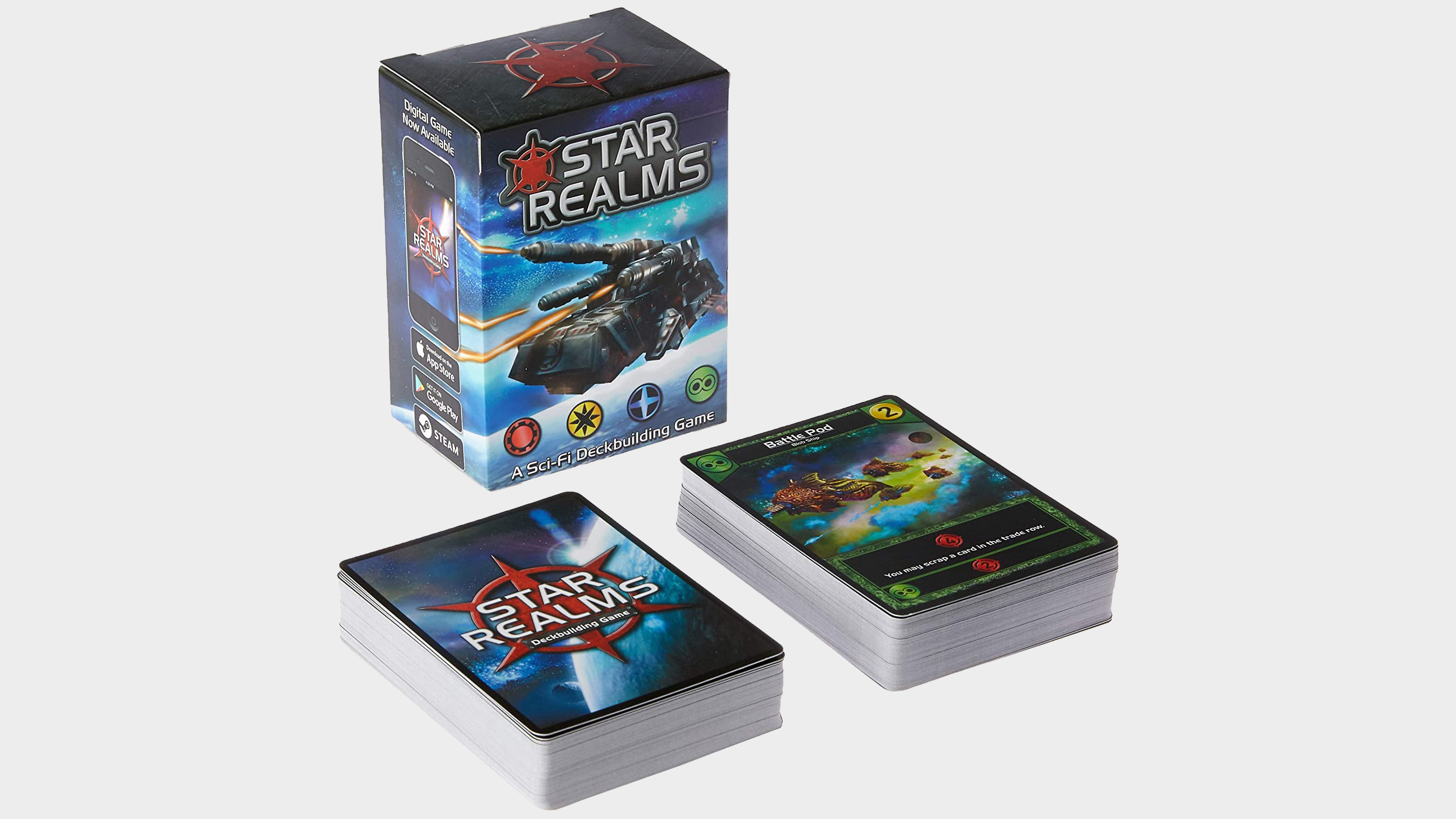
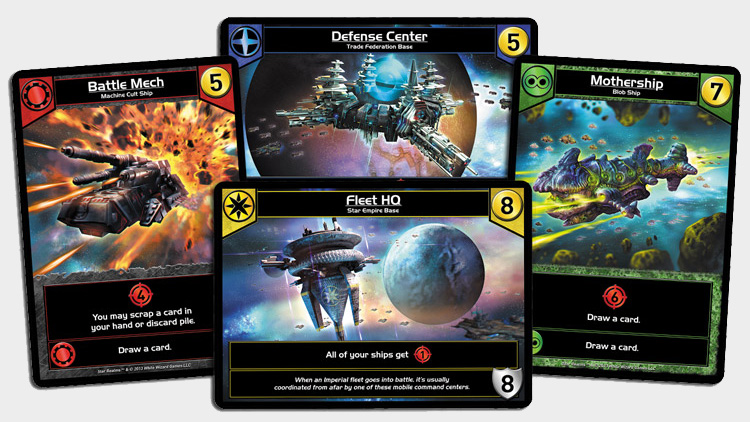
Star Realms
Specifications
Reasons to buy
Reasons to avoid
All the complexity of a game of Magic: The Gathering crammed into one box, Star Realms is a fast and fun deck-building game that doesn't require a hundred hours to learn and master before you can compete. As you acquire ships and bases for your deck, they provide trade to get more cards or Combat to attack your opponent—reducing their Authority score to zero means you win. It's a direct-conflict head to head game, but you're balancing that fight against empowering your deck for later rounds.
What makes Star Realms great is that it scratches both the itch for a duel card game and a deckbuilder, but is something more than the sum of its parts. The nature of the game is such that you know how your opponent has built their deck and they know yours, but neither of you can predict exactly what the other is going to be able to do. The game is predictable, but how the game will play is not.
It's a single deck of cards, so it's cheap and portable. Or… it's one you can get really into, with a boatload of expansions available in bundles. Don't be deterred by that, though: The core game is very fun on its own.
The biggest gaming news, reviews and hardware deals
Keep up to date with the most important stories and the best deals, as picked by the PC Gamer team.
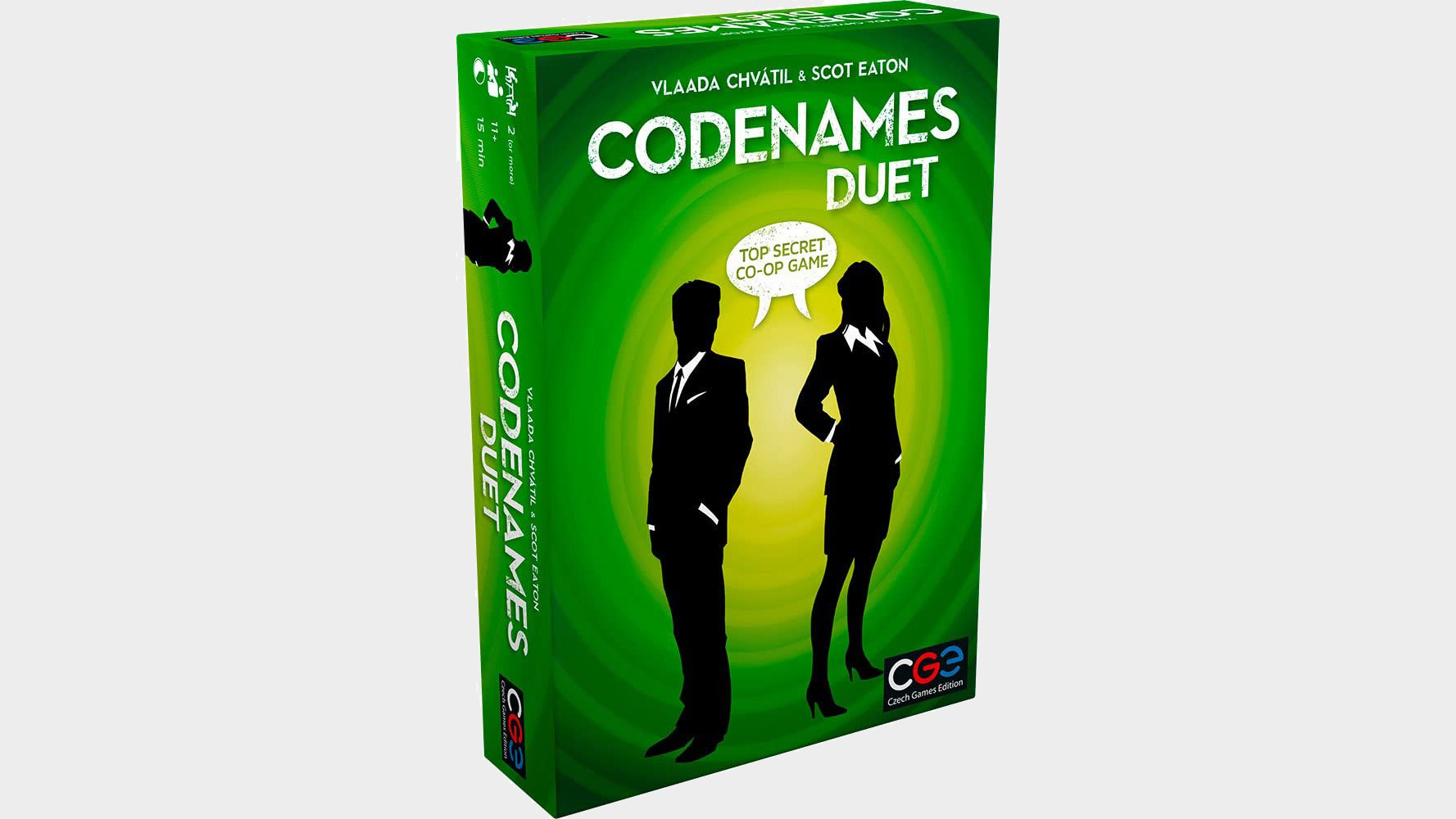
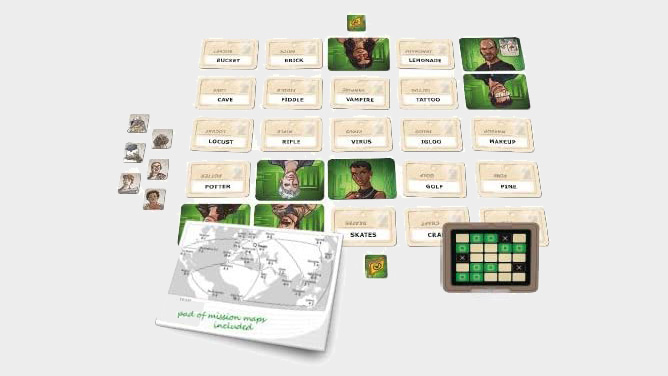
Codenames Duet
Specifications
Reasons to buy
Reasons to avoid
Codenames is a brilliantly fun word game for nearly anyone. The point of Codenames is simple: You say a clue word, and how many of the words on the board that clue word relates to, in order to get me to pick particular words. You might say "Frost, 2" and hope I pick Snow and Tundra, but not Russia. If I pick at least one of the right ones and no wrong ones, we keep playing. If I pick wrong the round is over for our team. I pick a secret assassin word, we lose right then.
Codenames Duet takes that formula and turns it into a cooperative two-player experience where we trade back-and-forth to find all the agents on the board. Each player has a card showing which cards on the grid they need the other player to pick, and they alternate giving clues to try and pick all the words before they run out of time. It's a simple, light, and enjoyable game, and one that nearly anyone can figure out how to play. (if you get really into it, there's even a campaign mode to link together multiple matches.)
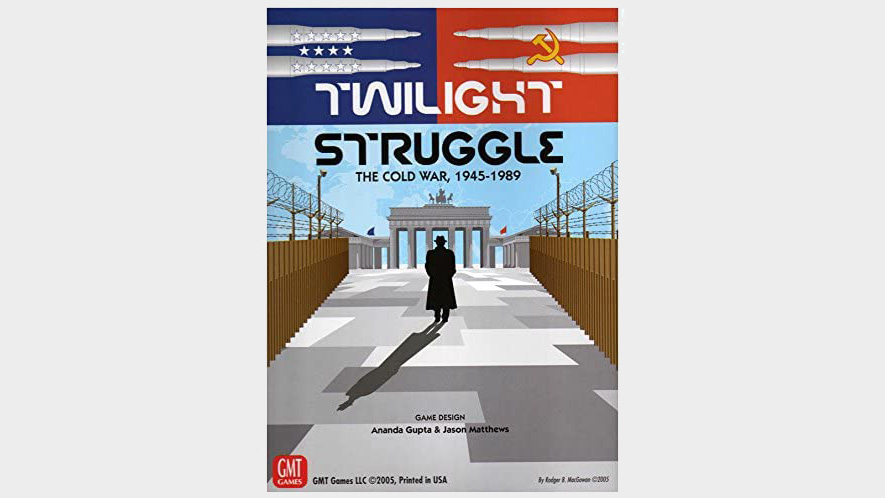
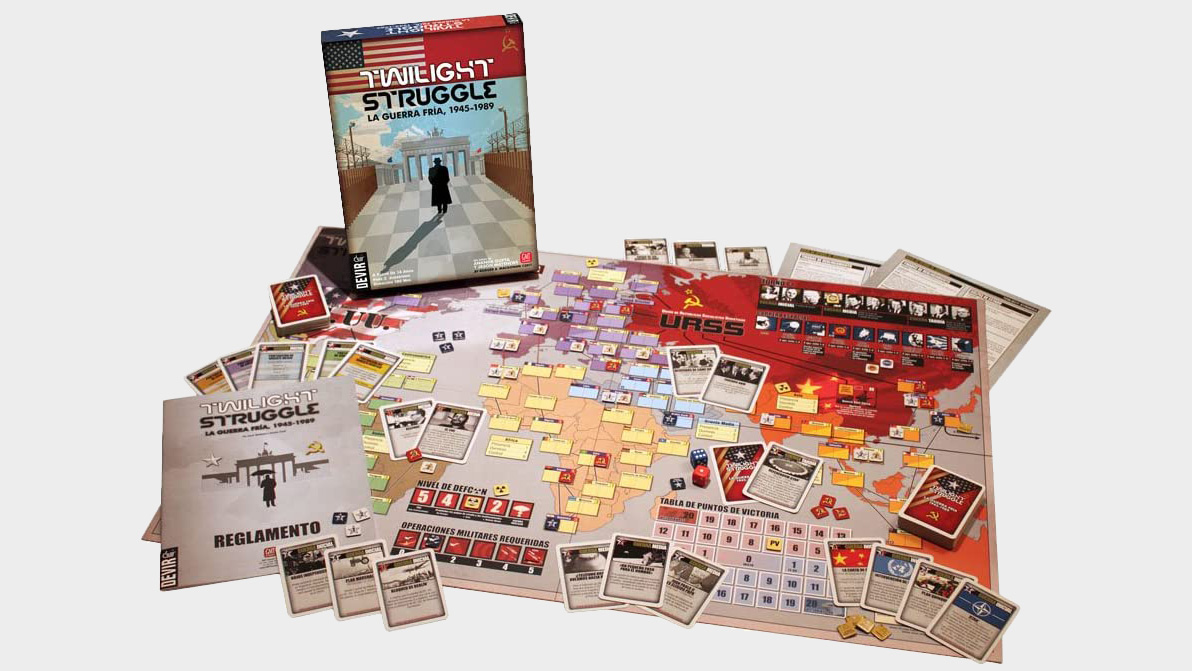
Twilight Struggle
Specifications
Reasons to buy
Reasons to avoid
One of the best board games ever made, this strategy epic has one player as the United States and the other as the Soviet Union as each attempts to win the cold war. Twilight Struggle, by designers Ananda Gupta and Jason Matthews, is a tour-de-force of card-driven strategy gaming. Ananda Gupta would go on to be a principal designer behind the 2012 XCOM reboot at Firaxis. What makes Twilight Struggle so brilliant is how playing each card demands a response from your opponent, much like how in the real cold war neither superpower could ignore anything the other did. It's popular enough that an excellent sequel, Imperial Struggle, now uses a similar system to show conflict between France and Britain in the 18th Century.
Unlike other big wargames, Twilight Struggle has proven infinitely replayable and no distinctly winning strategies have emerged—even after a digital edition was released. It's a game you have to compete in start to finish, forcing you to fight for victory. There aren't any troops on the board, though, or fiddly wargame resolution tables. Each card played is a global political event that shifts the balance of power. Each game has three phases, but you can win at nearly any time. Most games have a clear winner emerge before the "Late War" period even occurs. This game is a no-brainer for the collection of any capable and savvy gaming duo, even those who normally dislike war-based themes.
But then… there's the possibility that the game has no winner. After all, who really wins if the conflict goes hot and the nukes start flying?
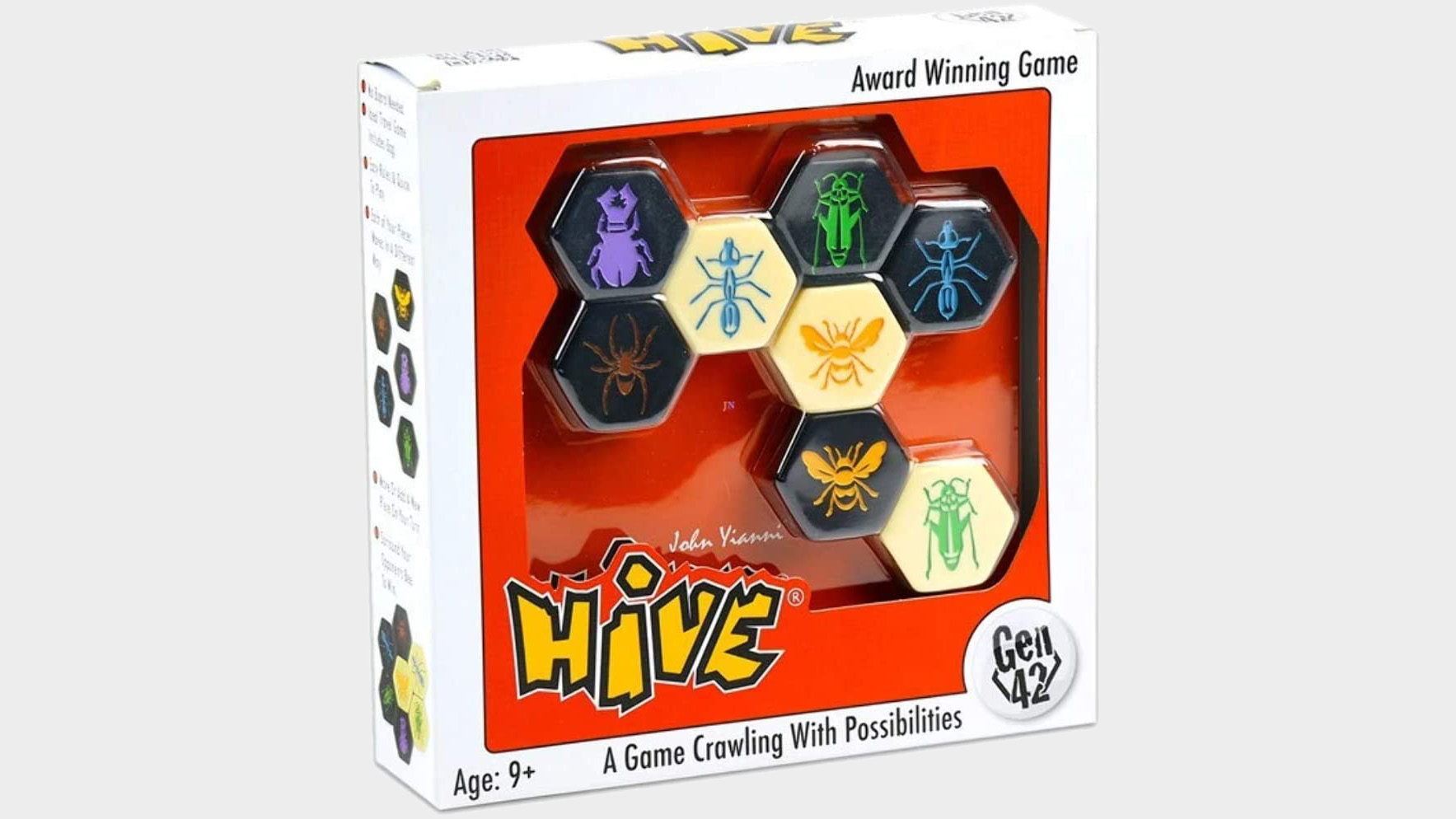
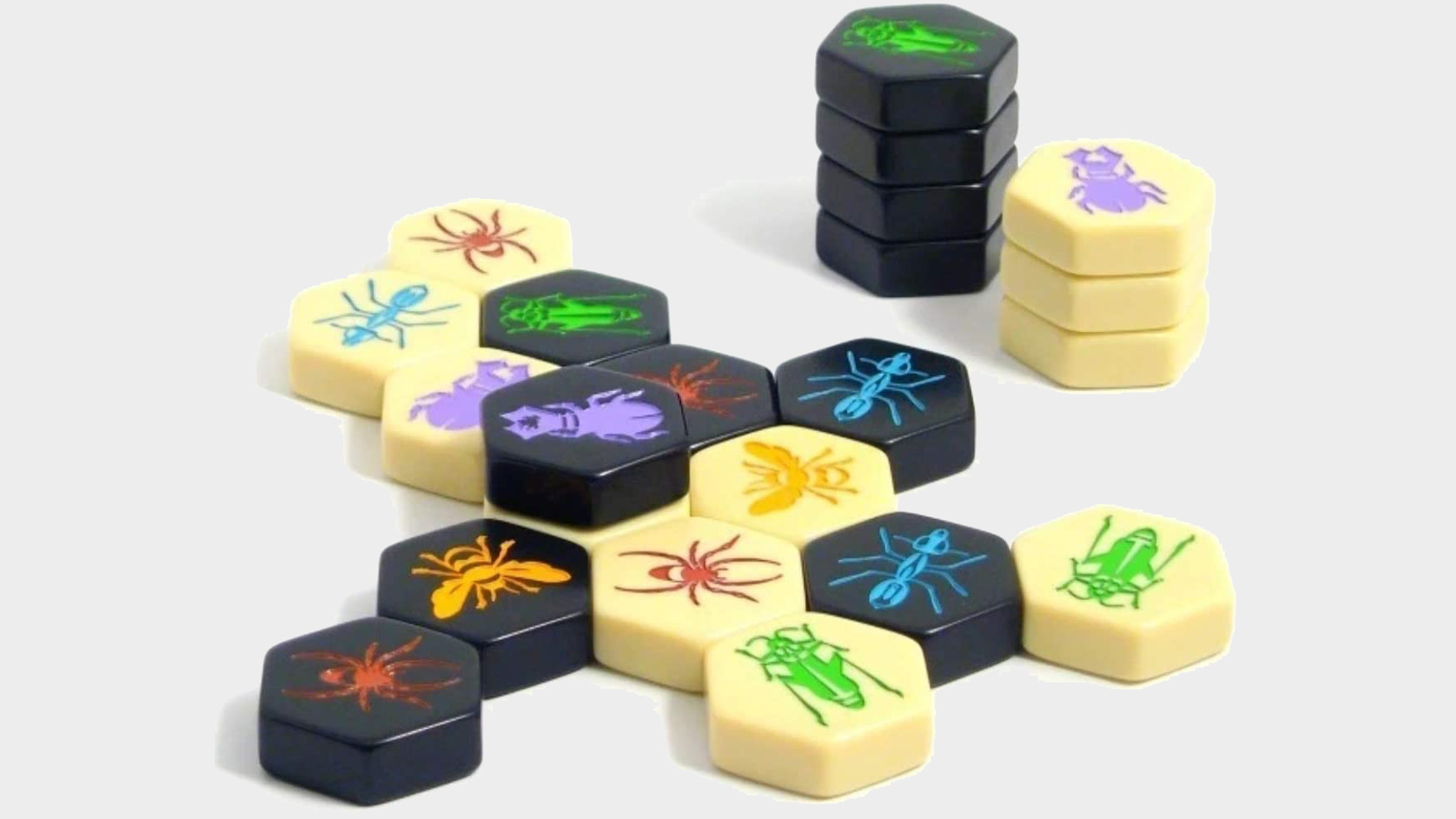
Hive
Specifications
Reasons to buy
Reasons to avoid
Hive is one of the few games I've ever played that I would actually, genuinely call addictive. It's a boardless abstract strategy game you can play on any flat surface, no grid or board needed, just 22 tiles. The goal of the game is to deploy and use your pieces to surround the opponent's Queen. The kicker is that each piece moves differently or uniquely.
Beetles are slow but can crawl on top of other pieces. Spiders move three empty spaces, but must move all three spaces every time. Grasshoppers can move an unlimited number of spaces over other tiles, but have to do so in a straight line. Unlike chess or checkers, though, you never lose pieces or eliminate your opponent's pieces. You don't even start the game with every piece on the board. Instead you play new pieces as the game goes on and the board takes shape.
Perhaps the greatest compliment I can give Hive is this: Of all the people I've gotten to sit down and try it, not one has ever told me they didn't enjoy themselves.
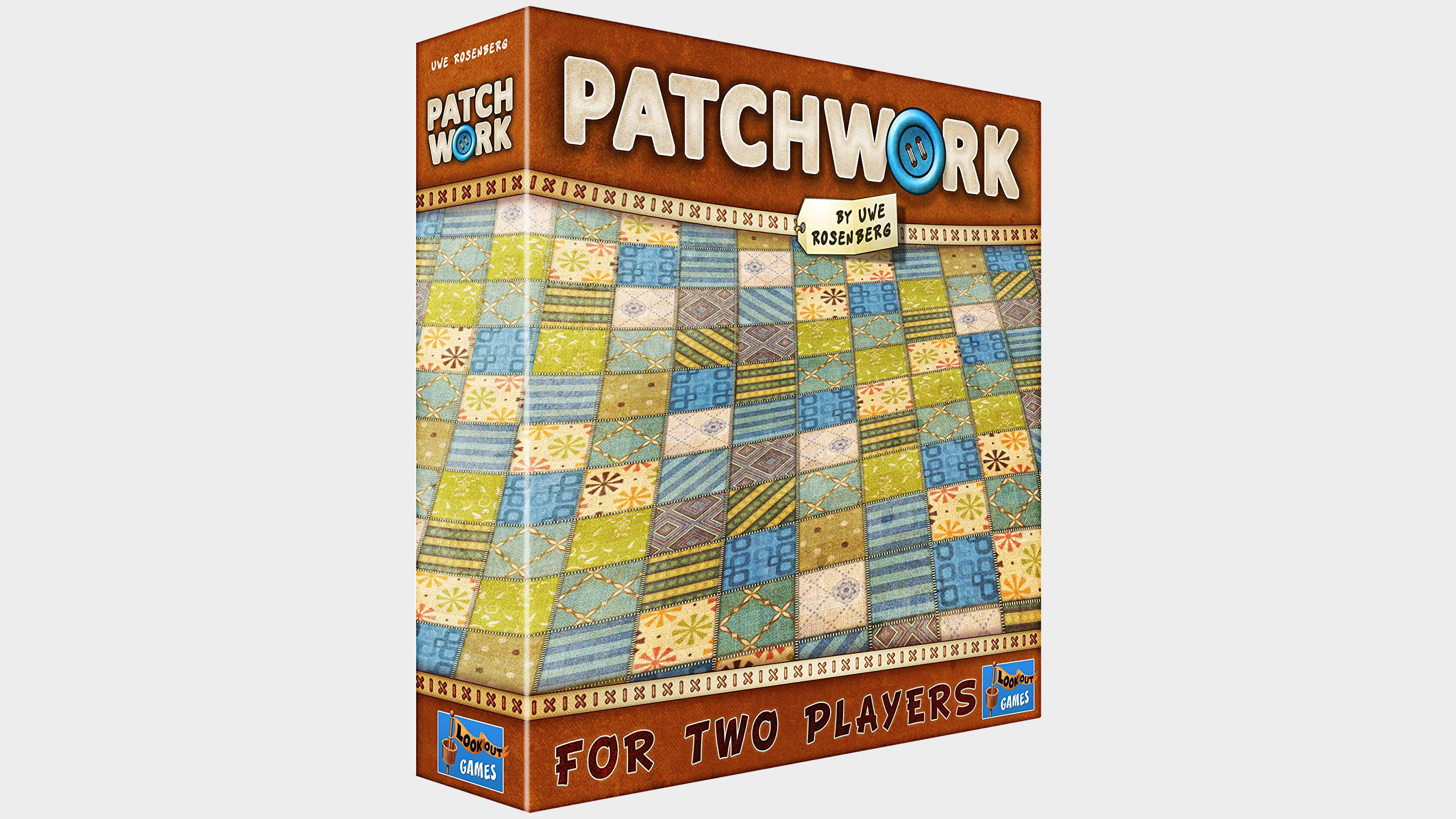
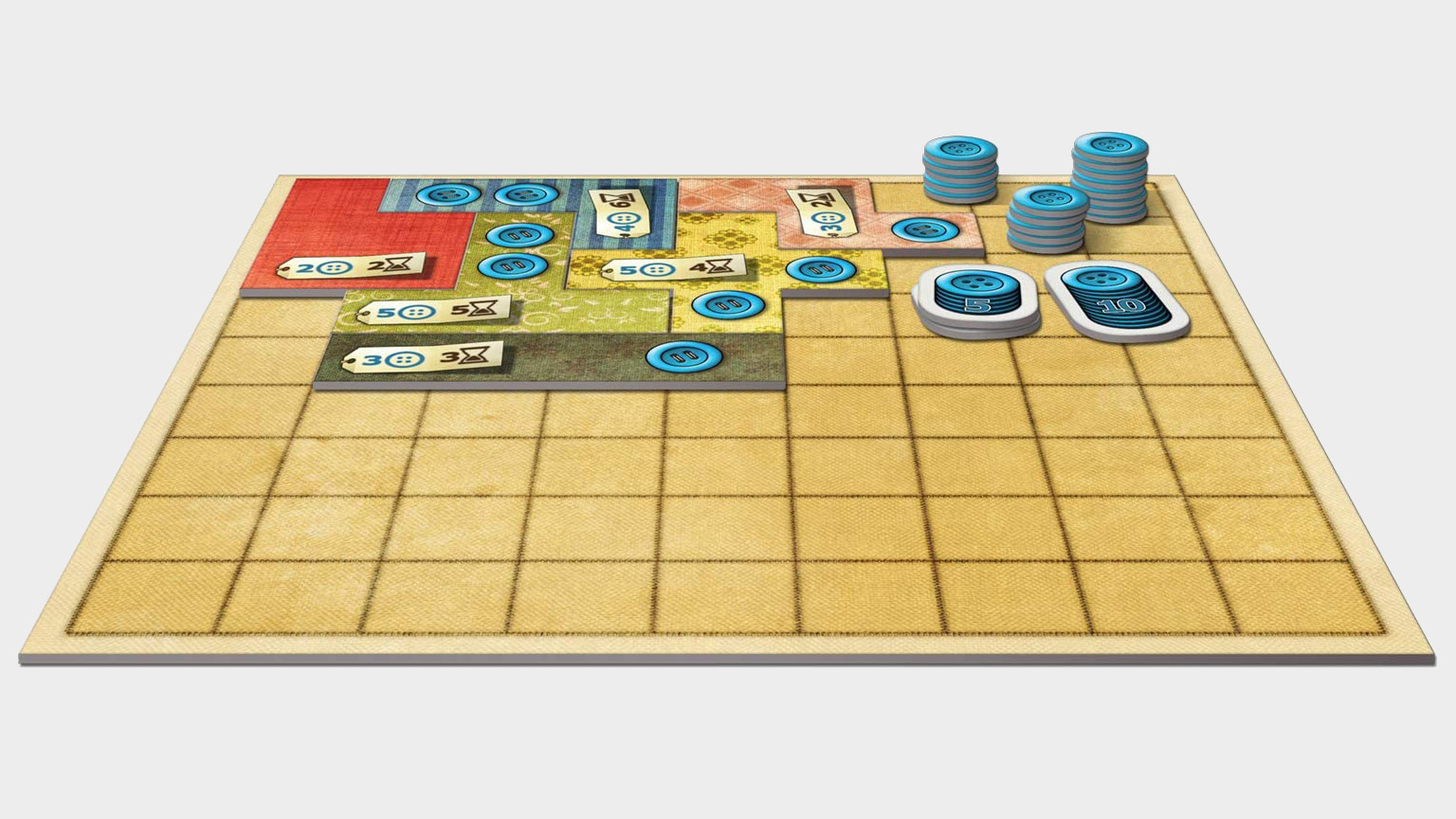
Patchwork
Specifications
Reasons to buy
Reasons to avoid
In Patchwork each player tries to build the most complete and highest scoring quilt by choosing and buying scraps from the shared central circle. What sounds like a bucolic and lighthearted game can stay that way... or with competitive players turn into a gruesome sewing-themed deathmatch.
Here's how it works: You buy one of three scraps with buttons. Then adding that scrap to your quilt takes time. The time you take moves your marker forward on the central track. You don't get to go again until the other player catches up to you. So big pieces can give you big points, but they can also let the other player have their run of the scrap market for a few turns. What happens when they steal the piece you need to complete your quilt? What happens when they snap up all the cheap, small parts while you're sewing on your laboriously huge new patch?
I will not spoil it for you, but the results of such conflict are not pretty.
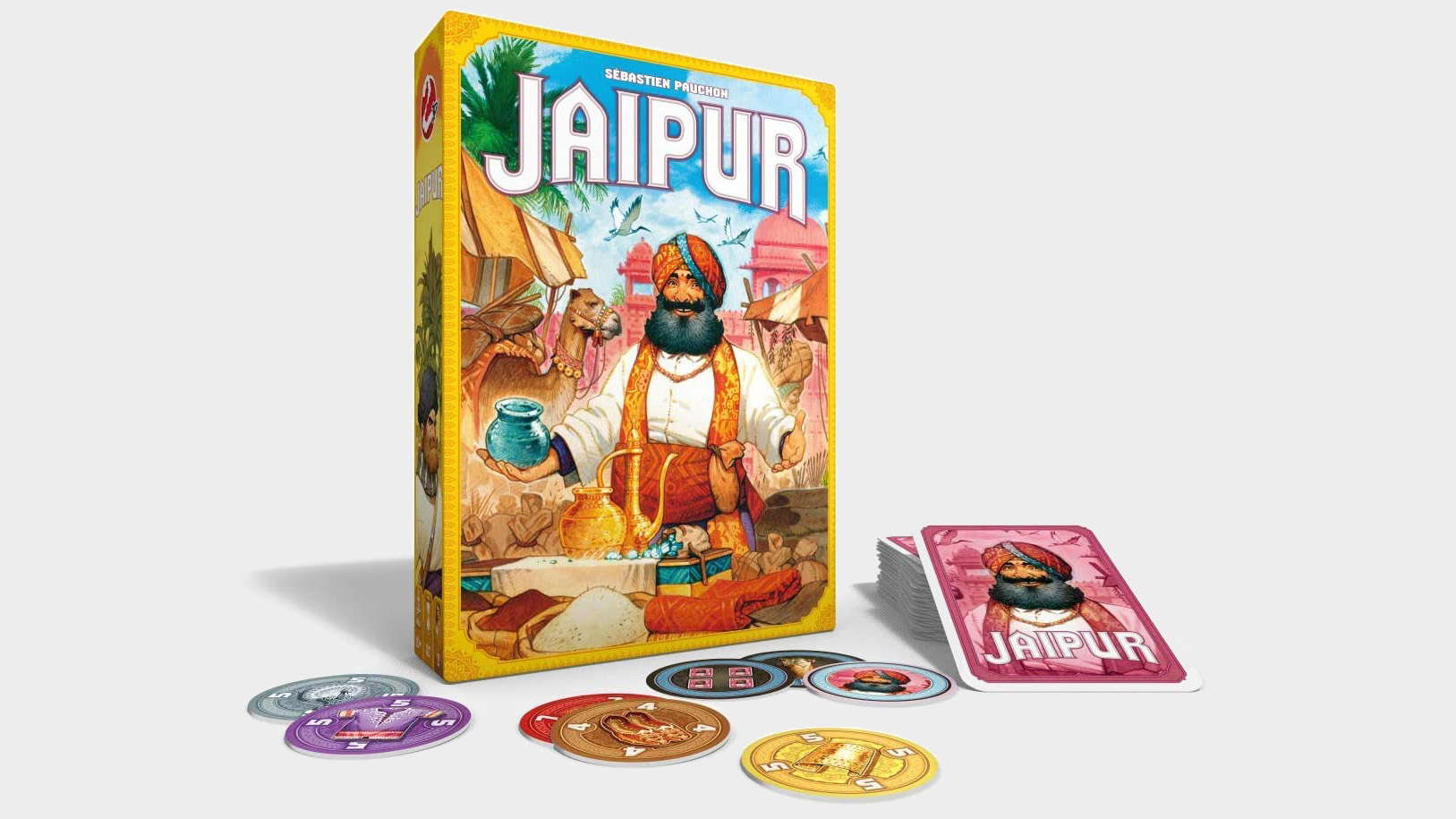
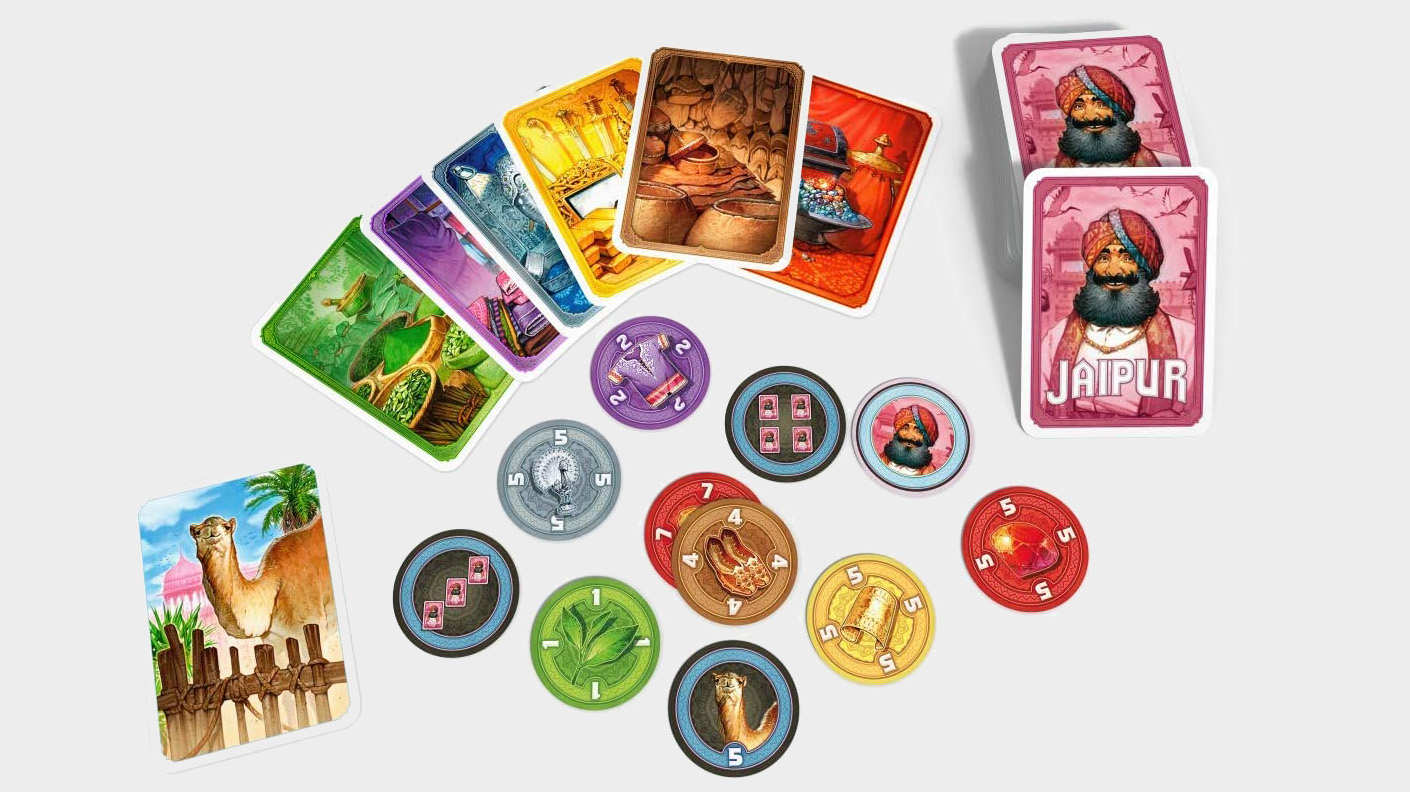
Jaipur
Specifications
Reasons to buy
Reasons to avoid
You want to be the best merchant in Jaipur. So does the other person sitting across the table from you. Whoever trades better and racks up seals of excellence wins. Jaipur is a card game of tactical trades, make-or-break risks, lucky breaks, and camels.
On your turn you take, or swap, cards from the market to increase your supply of goods. If you don't work the market you can instead sell a set of matching goods to gain score chips equal to the size of your set. The best score chips are at the top of the stack, the worst at the bottom. You win by making higher quality, higher volume sales faster than your opponent—but the cards that fall out of your hand while you build your sets just might give them a path to victory you didn't see.
Jaipur is a classic two-player game in that it takes place over multiple rounds, best of three wins, but still plays in about 30 minutes. Everyone walks away happy from Jaipur because the math of the game is tightly balanced enough that both players get to pull off a neat power move, even if they get beat 2-0.
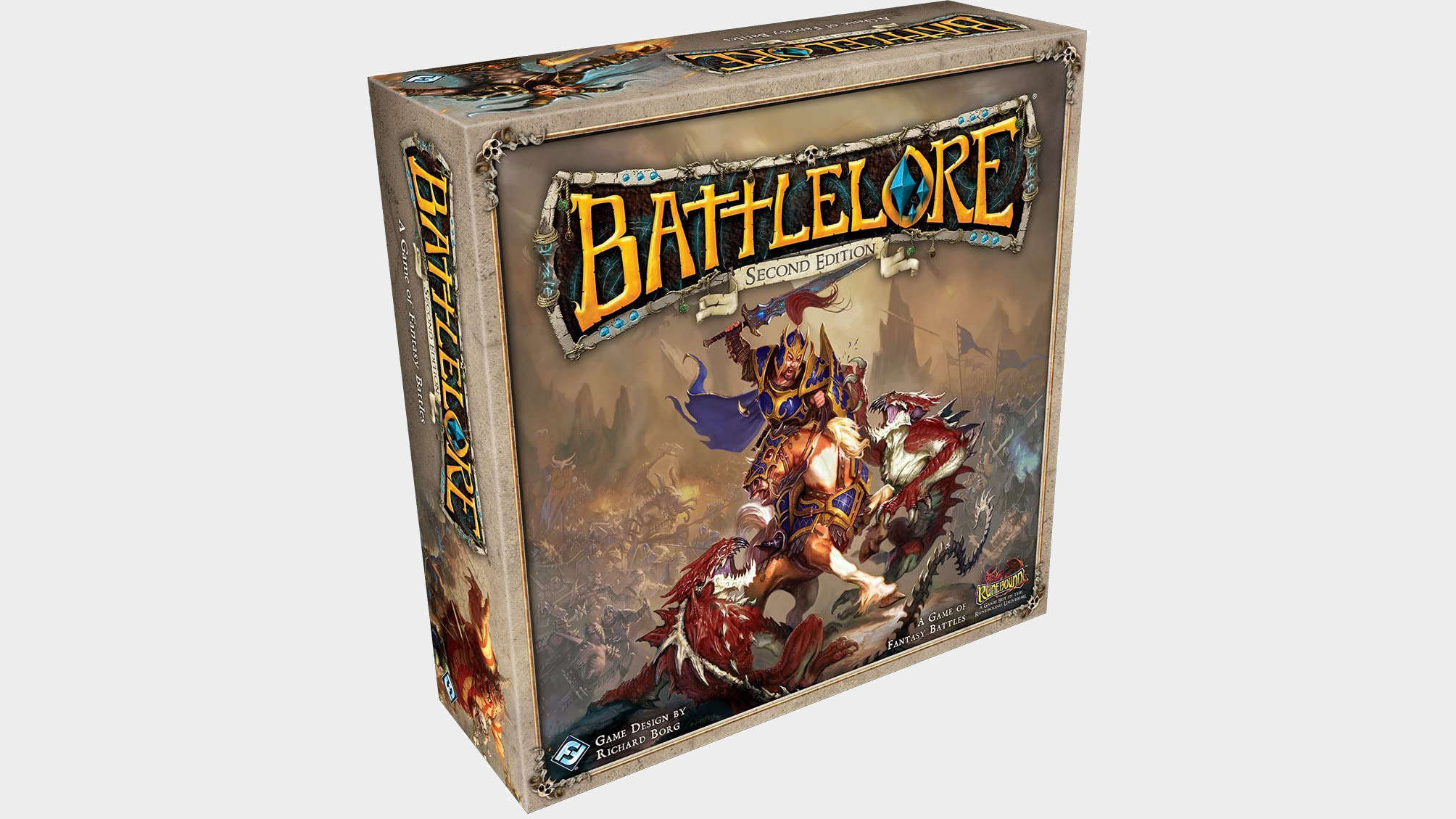
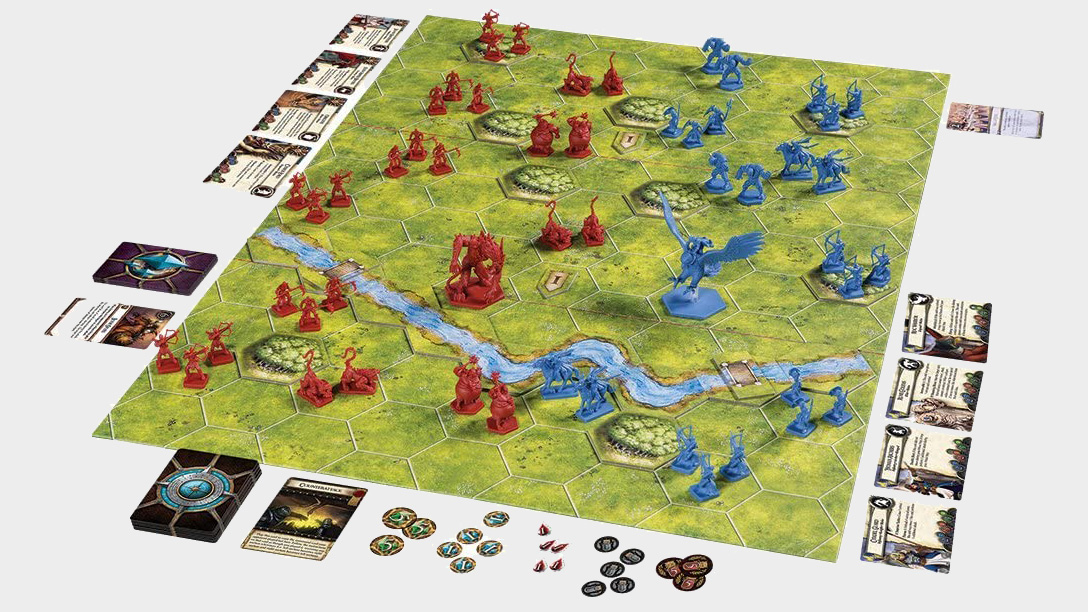
BattleLore
Specifications
Reasons to buy
Reasons to avoid
Sometimes you don't want a complicated game with lots of weird niche rules or complex strategies. Sometimes you want to roll a fistful of dice and watch an ogre splatter a bunch of knights, or a dragon fight a giant. That's what BattleLore is for.
BattleLore is a tactical wargame based on the ultra-popular Commands & Colors system, which is a fancy way of saying you draw cards and the cards tell you which units you get to move that turn. There are maps, and miniatures, but all you do to win is seize a few victory points. You never roll and decipher more than four dice to resolve attacks and the arithmetic is easy to do. (The game says it's for ages 14+, but I'd wager you could go as young as 10 and I've got personal evidence you can go as old as 90.)
It's this simplicity that makes the game great: There are good complex choices, but your range of options is limited and simple. Just pick one of a few options for your action that round and make your goblins kill the other side's gryphons. For all its simplicity, there's a really fun and interesting game here… alongside a bunch of cool maps and miniatures and scenarios and campaigns and terrain and dice and stuff.
Jon Bolding is a games writer and critic with an extensive background in strategy games. When he's not on his PC, he can be found playing every tabletop game under the sun.

